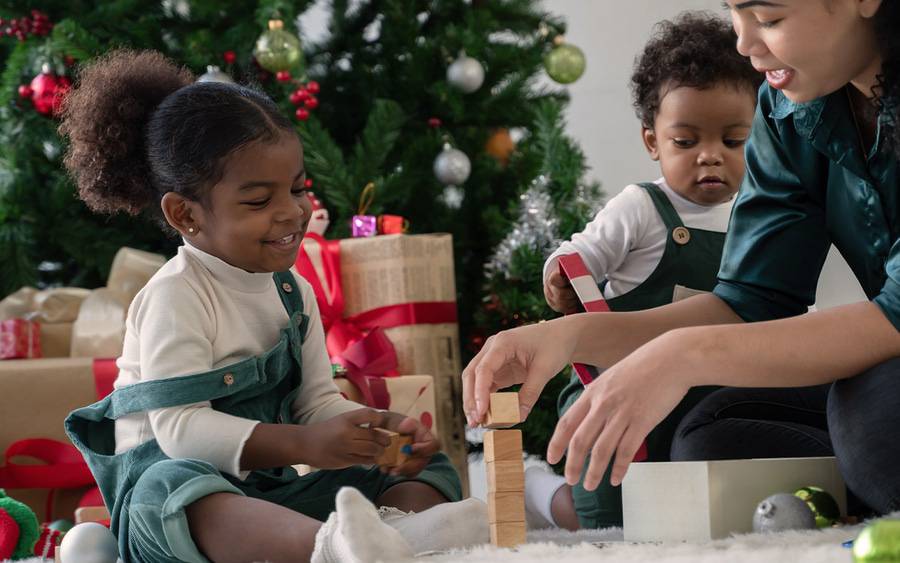7 Toy Safety Tips for Holiday Shoppers
Read the label, make sure toys are safe and age appropriate

Read the label, make sure toys are safe and age appropriate
There’s only one thing on kids’ minds as we get closer to the holidays: toys. The bigger, the better and the more, the merrier. What child doesn’t want the latest game or gadget?
However, when it comes to choosing gifts, toy safety should be top of mind for parents.
These days you can find an abundance of age-appropriate toys online or at your local retailer, from development toys for babies to fun-yet-educational toys for older children. But even popular toys from well-known brands can cause harm if they fall into tiny hands — especially if your young child has older siblings who leave their toys or games laying around.
“When shopping for toys one of the first aspects to consider is safety,” says Sabiha Hussain, MD, a pediatrician at Scripps Coastal Medical Center Jefferson in Oceanside. “How the toy is constructed and the size of the pieces involved should be a factor in the toy-buying process.”
Seven tips to avoid dangerous toys
Before purchasing items on your child’s wish list, compare them to our toy safety checklist:
1. Make sure it’s age appropriate
Always consider the age of the child you’re buying for, Dr. Hussain adds. Toys and games typically have a recommended age range printed on the packaging.
“Use your judgment based on the child’s developmental stage in order to maximize the contribution of the toy to the child’s exploration and creativity,” Dr. Hussain says.
2. Watch out for small parts
Be wary about toys with small, detachable or moving parts, projectile features or long strings, all of which may pose safety risks.
3. Metals too
Avoid toys with small magnets or batteries due to their swallowing risk, which is highest between the ages of 6 months and 3 years.
4. Does it come with an electric cord?
Don’t buy younger children toys that need to be plugged in.
5. Does it have pointy edges?
Check whether the toy has sharp or pointed edges.
6. Make sure it doesn’t break easily
Make sure the toy isn’t breakable. Objects that might shatter when dropped can cause injuries or choking hazards.
7. Make sure it’s not toxic
Confirm whether the toy is nontoxic. Read the label to make sure art supplies, clay or other crafting materials aren’t harmful if accidentally ingested.
Make toy safety year-round
Keep in mind that toy safety should be a priority year-round, not just during the holidays. Inspect your child’s toys from time to time to make sure they’re still sturdy and safe. Look for potentially harmful wear-and-tear, such as peeling paint or loose parts.
Remember you can check for toy recalls at any time. The U.S. Consumer Product Safety Commission issues updates whenever toys and other retail products have been recalled due to safety concerns.